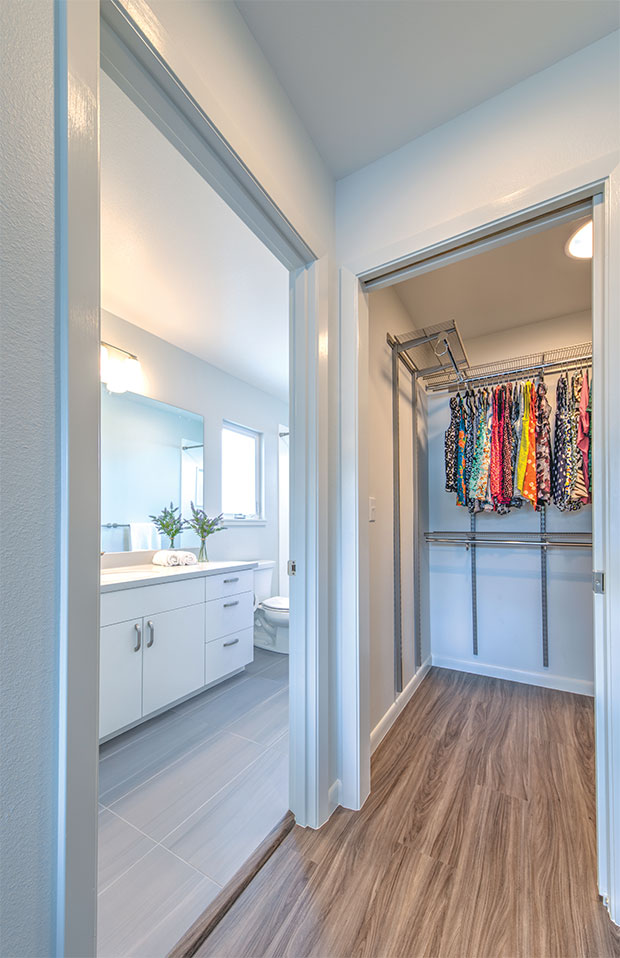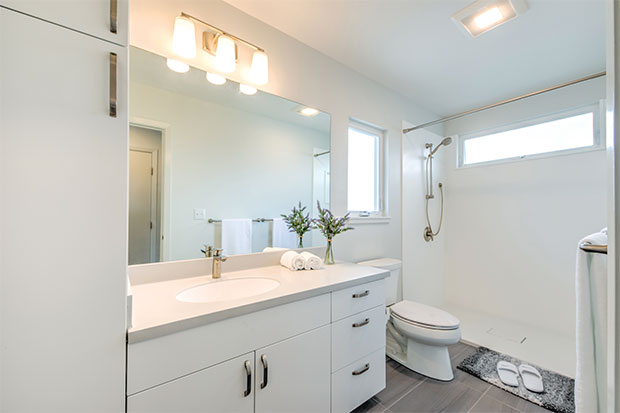Building for extra space or income
If you’re wondering how to create additional income for your family, the answer might be as close as your own backyard.
“Adding extra living space has become very popular with American homeowners, between inflation, the high cost of housing and an expanding population of retirees,” says Ryan Graham, vice president of operations at Honolulu design-build firm, Graham Builders. “It can provide passive income as a rental unit — or help keep a family together at home.”
Increased living space increases property value, and it can be used creatively.
“Some people design ADUs (accessory dwelling units) for their own occupancy, and rent out their primary homes,” Graham says. “Others build additions for extended families.”
For a variety of reasons, adding space can be challenging even for the savvi est homeowners. Here are a few tips.
ROOM TO EXPAND, EXTRA INCOME
The process sounds simple enough: First, you’ll need to determine the available options for adding on to your property. Next, check to see if your plan meets zoning requirements. After that, it’s time to design the space. The final steps are permitting and construction.
“Zoning ordinances, CC&Rs (covenants, conditions and restrictions), fire codes, utility restrictions and more can limit your options,” says Graham. “It’s a good idea to work with an experienced architectural designer to determine the type of dwelling you can add, and where you can build it.”
A design-build firm with an in-house design team should be willing to guarantee that you’ll collaborate directly with an assigned designer, Graham says. An experienced firm will also have plenty of accessory dwelling projects in its portfolio. “Experience means you’ll be guided by professionals who have successfully completed similar projects. It makes a difference.”
He recommends communicating current and future plans to your designer, to ensure the dwelling is placed and built for maximum flexibility and privacy.
“Including your family as project stakeholders in the discussions is good strategy,” Graham adds. “It’s also smart to educate yourself on the building process. Our free Building Your Home for Life seminars can be helpful.”
DEFINE YOUR ADDED SPACE
ADUs, ohana units, additions — what might work best for your property and plans?
Lot size actually determines the permissible size of an ADU; it can be between 400 and 800 square feet. It may have a full kitchen, laundry room and separate utility meter. It may be attached to the main dwelling or separated by at least 10 feet.
“The homeowner must reside in either the ADU or main home, provide one parking space for the unit, and have a general excise tax license,” Graham explains. “The ADU must have a solar water heater, and it’s subject to both zoning and ordinance restrictions.”
Unique to Hawaii, ohana units are similar to ADUs. However, the property owner must reside in either the main dwelling or the ohana unit; the other must be occupied by a family member. Ohana units must have two dedicated off-street parking spaces. Their sizes are dependent on a living area ratio, and in some cases can be larger than 800 square feet.
If your lot size is at least double the size of the property’s zone, a second full dwelling, complete with kitchen, laundry and separate meter, might be possible. The only limitation on its size is your property’s floor area ratio. Two parking spaces must be provided, and a dedicated solar water heater is required.
When an ADU or second dwelling isn’t feasible, a simple addition can increase living space. Subject to zoning restrictions and floor area ratios, additions cannot have kitchens, laundry rooms or separate utility meters, but wet bars are sometimes permitted.
“If an addition is well-designed, privacy is an achievable goal,” says Graham.
A leader in the design and construction of multi-generational homes and aging-inplace design, Graham Builders is the recipient of the Better Business Bureau of Hawaii Torch Award for ethics in small business. Its next free Building Your Home for Life seminar is scheduled for Saturday, Sept. 10. Register now at grahambuilders.com or call 808-593-2808.
GRAHAM BUILDERS
CONTACT 808-593-2808
WEB grahambuilders.com


